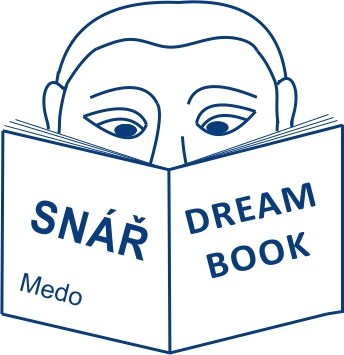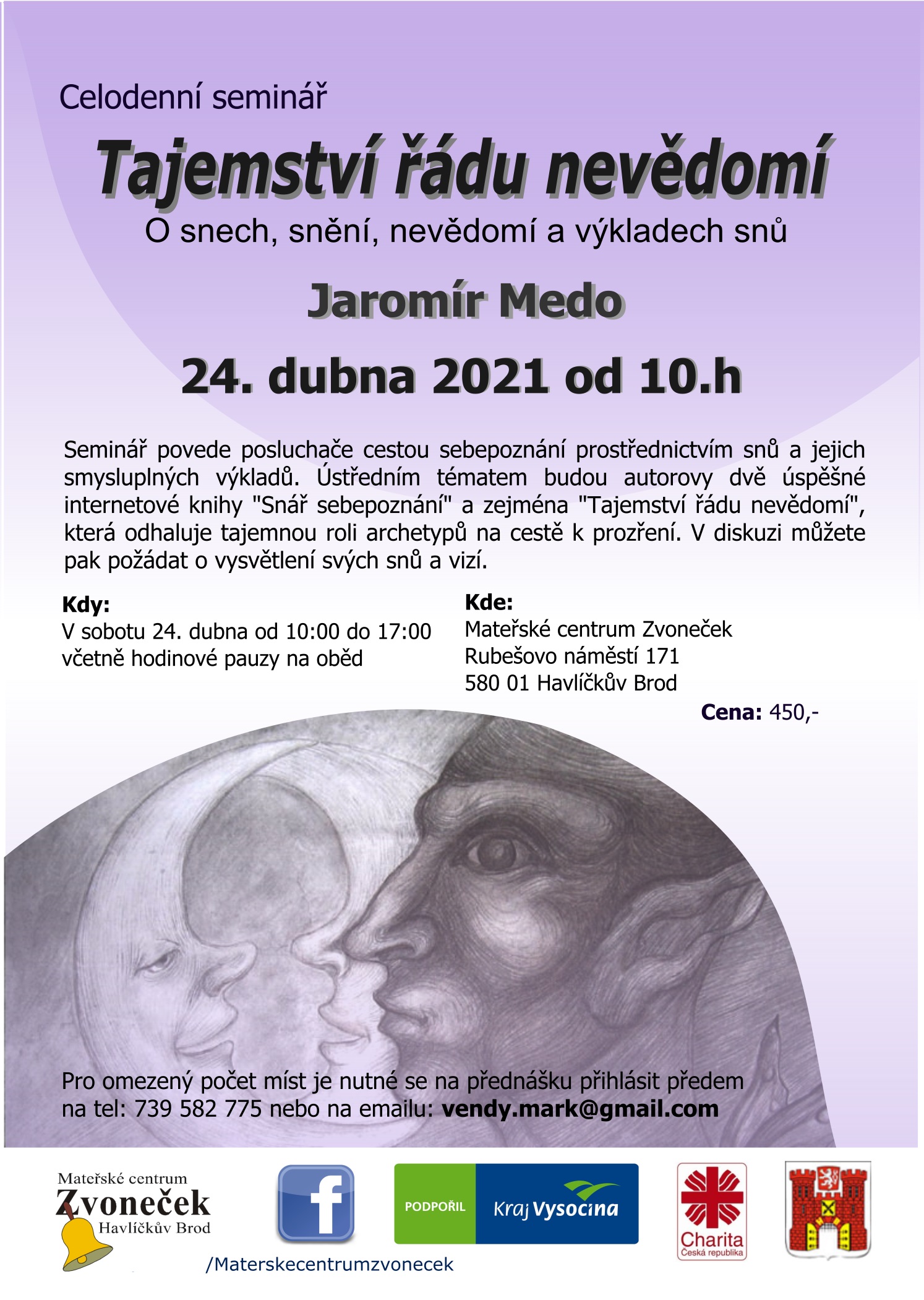The Dream Book of Self-Knowledge
- illustrates the eternal struggle between a contrived personality and the genuine individuality (for more on this struggle see the Persona and Individuality archetypes); clothing shrouds individuality in personality.
- a barometer of the dreamer's attempt to build or suppress his own ego.
- clothing color: shows which personality the dreamer prefers (e.g. red shades prefer an emotionally tinged personality); see Color.
- stealing, seeing it stolen: a subconscious attempt to emphasize the part that is linked to the original owner of the clothing (e.g.: if the owner of the clothing is an artist, the thief is subconsciously trying to elevate his personality in the eyes of others through artistic ambitions).
- carefully hidden desires and egotistical wishes are hidden in the pockets and folds, whereas the inside layers of the clothing and inner pockets provide interesting revelations about the owner's personality and sometimes even a vision of future events (see Past and Future Visions archetype).
- buying: an attempt at strengthening the personality (for more on the negative role of the personality see the Persona archetype).
- buying at a bazaar: you are striving for an awkward improvement of your personality based on the stale model of others.
- as protection against the rain: fear of feelings and desire to persist in the sensuality of the instinctual plane.
- finding someone else's trousers: the dreamer has managed to unveil the egotistical intentions of others.
- tearing, destroying: the dreamer's personality is suffering greatly in the material world; the situation is immediately taken advantage of by egotistical people who previously had not dared to oppose the dreamer and will now try to gain the upper hand.
- clothes ripping: symbolizes the dreamer's activities aimed against the personality and against the ego for the benefit of individuality (for the difference between individuality and personality see the Persona archetype and see the Individuality archetype).
- hole in clothing: sexual relations disrupt personality.
- giving or buying someone clothing: flattering others or the desire to establish a relationship between the giver and the recipient, although such a relationship does not last for long since it is based on the admiration of one person for another.
- trying on clothing: dissatisfaction with the state of one's personality and the attempt to change will lead to greater disillusionment with yourself.
- seeing or wearing dirty clothes, with stains: a tarnished character and moral failings; the color of the stain can tell us about what caused the tarnishing.
- cleaning: is not actually a positive symbol since the attempt to clean one's personality in front of others relates only to the ego (see Persona archetype).
- showering in clothing: in clashing with the strongest aspect of the emotional level (water) the dreamer is still unable to free himself from the personality (for a description of the personality see the Persona archetype).
- shabby: see Rag.
- wearing nice and elegant clothing: significant external success is attributed to the dreamer's personality.
- decal on clothes: symbolizes the attempt to improve one's personality in the eyes of others.
- seeing new clothes: the possibility of changing one's personality.
- historical: see History.
- mending, sewing clothes (except for trousers and skirts – a different meaning): a futile attempt at rectifying a tarnished reputation; the futile attempt to conceal from others one's moral failings.
- outerwear (overcoat, jacket, cloak, raincoat): protects against the dream world, the dreamer uses it to protect his own instinctual personifications – usually animals – from the world of emotions (from rain) or protects his own emotional personifications from the effects of the spiritual level (snow and frost); superior inner discipline does not allow the dreamer to wear outerwear, which is synonymous with a superficial personality since they are antithetical.
- gloves, scarf and cap: they have their own specific meaning (see gloves, see scarf, see hat).
- taking off, putting away, hanging in a closet or wardrobe: an attempt to permanently eliminate the superficiality of the personality and an attempt to find a non-egotistical state that will not manipulate the dreamer's consciousness; this image is often accompanied by unification symbols (e.g. children) or symbols of the emotional level.
- the desire to take off clothing (take off the personality – ego) and go naked: bears with it a certain danger if the dreamer is sexually aroused and does not manage to control his desire or if he feels self-gratification from revealing himself to others (see Exhibitionism); such undressing and nakedness have nothing in common with the self-improvement process and is a mere instinctual image.
- mourning: symbolizes the preparedness to bury one of your dependencies or negative traits, but does not only have a positive meaning; your enduring egotistical view of the world needs to be taken into account.
- putting clothing on a hanger: an attempt to eliminate the superficiality of the personality and to find a non-egotistical state that will not manipulate the dreamer's consciousness; this image is often accompanied by unification symbols (e.g. children) or symbols of the emotional level.
- of a clown or buffoon: see Clown or see Buffoon.
- corset: see Corset.
- leather: intensifies the negative nature, especially in emphasizing sexuality, is incompatible with the emotional and particularly with the spiritual level of experience, which is why leather clothing is only typical of instinctual personifications.
- with lace: relates to the ego and the desire for a higher social standing.
- paper: a weakened personality might easily succumb to true individuality (more on the relationship of the personality and individuality in the Persona and Individuality archetypes); sometimes emotional personifications appear in dreams with paper clothing (paper-clad women in men's dreams and paper-clad men in women's dreams) to check in the temptation the dreamer's waning dependencies on instinctual relations and the strength of his emotional relations.
- lumpy: this can be caused by the spiritual content of the consciousness or by a spiritual symbol.
- swimming in clothes: in clashing with the strongest aspect of the emotional level (water) the dreamer is still unable to free himself from the personality (for a description of the personality see the Persona archetype).
- with gold or golden embroidery: see Golden clothes.
- gunny clothing: jute as a symbol of modesty protects people from desiring things and from instinctual personifications.
- of a priest, monk: see Cowl.

